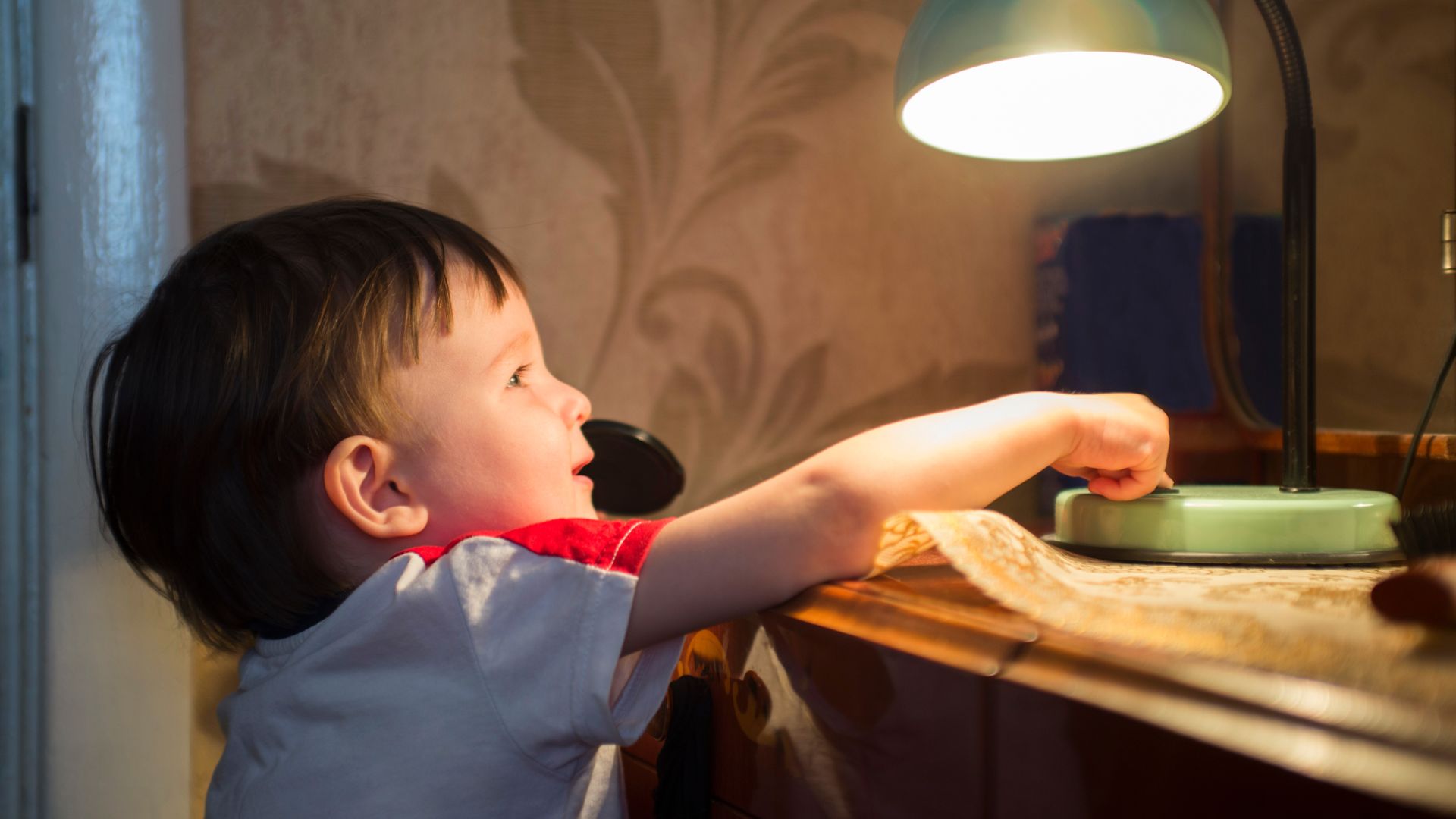Preparing Your Home for Colder Weather
As winter approaches, it’s important to take stock of your home and make sure you’re set up for a safe and comfortable season. Temperature isn’t the only factor in having a good winter — safe wiring and effective plumbing are also crucial as temperatures drop, we decorate our homes, and spend more time in the house.
Follow the below tips for a safe and comfortable winter.
Heating Tune-Up
As the temperature starts to drop, it’s the perfect time to get your heater tuned up for a long winter. Many homeowners just turn on the furnace and hope for the best, but this can often create or exacerbate problems with your furnace.
Instead, aim to have your furnace tuned up every year before the busy season. This way, you’ll drastically reduce the chances of a breakdown in the middle of winter, when you need your furnace most. A tune-up allows a professional furnace technician to review your entire unit and look for problems. This prevents any small issues from getting out of hand and shutting down your whole system.
You’ll also see an increase in efficiency after a tune-up, as there won’t be any mechanical issues getting in the way of smooth performance.
Safe Wiring
It’s always a good idea to review the various wires in your home to make sure they are safe, but even more so in winter as more time is spent at home using electronics.
Ensure all wires are completely insulated and don’t have any cuts or frayed edges. Also, make sure they are not overloading outlets, even if using a power strip or outlet splitter.
Keep wires and extension cords away from high-traffic walking areas and out of reach for children or pets. Also, do not hide wires under rugs, as this can be a fire and safety hazard due to the risk of overheating and damage to the wire.
Smoke and Carbon Monoxide Detectors
If you have a gas furnace, you’re at an increased risk of a carbon monoxide leak during the winter. Through the combustion process, carbon monoxide is released and usually vented out of your home. But if a problem occurs with your furnace, carbon monoxide may begin to leak into your home.
That’s why it’s crucial that you have carbon monoxide detectors installed throughout your home. The Environmental Protection Agency recommends placing detectors at least 5 feet off the floor or on the ceiling, with a detector on each floor of the home.
Put your carbon monoxide detector battery replacement (if it operates via battery) on the same 6-month changing schedule as your smoke detector. Also, make sure to test both smoke alarms and carbon monoxide detectors regularly and replace the devices before they expire.
Preventing Frozen Pipes
Frozen pipes can go from a nuisance to a disaster quickly. But simple preventative measures can help prevent frozen pipes. Frozen pipes lead to burst pipes, which can be a major source of damage to your home.
First, it’s key to have a working furnace. Keep the temperature above 60 degrees, even when you leave the house, to keep pipes from getting too cold. Similarly, make sure your home is sealed to prevent drafts, including any cracks, holes, or openings. Proper insulation is also crucial to preventing frozen pipes.
When the temperature dips below about 20 degrees, you may want to turn your faucet onto a slow drip to keep water flowing through your pipes. This helps relieve pressure within your pipes and prevents still water from freezing.
Your Winter Comfort Resource
All winter long, Vander Hyde Services has your back for all issues plumbing, heating, and electrical. Give us a call today at (616) 319-2125 to learn more about how we can help you.


.2111031353550.jpg)